Question of the Week Number One: April 22, 2021
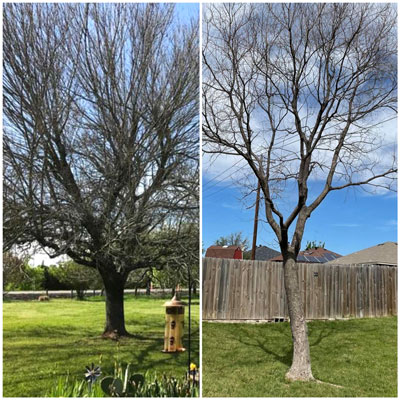
“I’m very concerned about my ash tree, also my Chinese tallow. Neither is showing any signs of life. Is it likely that I’ve lost them?”
Actually, these are composite questions that have piled up by the bucketful at the doorstep of my Facebook page over the past week.
The common thread through most of the questions has been that the trees were just beginning to show bud growth when the cold hit. Several different types of ash were involved, and the questions have come from all over Texas.
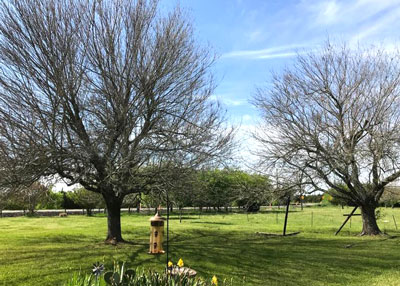
So, here in late April, I’m willing to say that it looks like we may have lost ash trees to the extreme cold of February. Or it might have been to the various species of borers that have always plagued ash trees, now notably including the Emerald ash borers that are devastating ash forests in the Midwest. They are being detected in Texas.
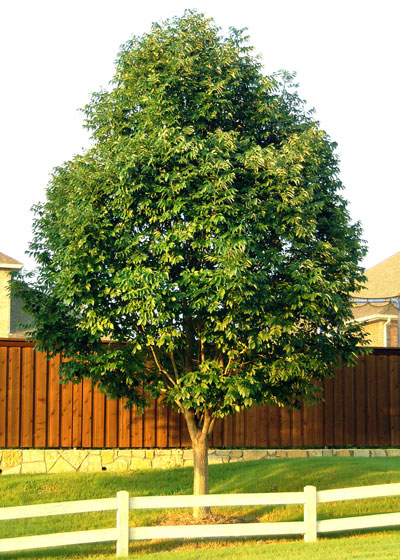
There is no real rush to take down an ash tree unless you feel it presents a threat should it fall. You could certainly wait a few weeks to give it one last chance to leaf out and start growing. But I’m beginning to think that that’s not going to happen.
If you do have to replant, switch off to some other type of tree – one that’s not so prone to problems. Oaks, Chinese pistachios, cedar elms, pecans, magnolias.
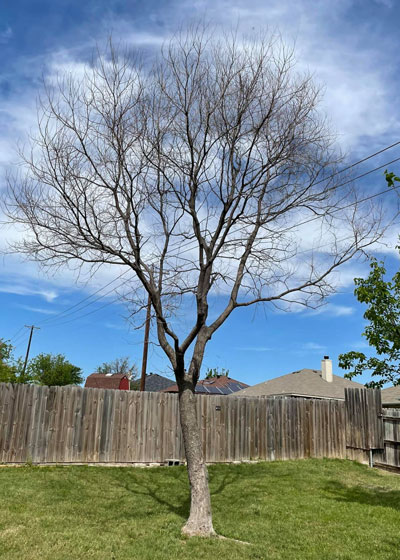
As for the Chinese tallows…
We Texans have a love/hate relationship with this tree. I happen to love it, because I grew it in a nursery in my backyard in College Station when I was a teenager.
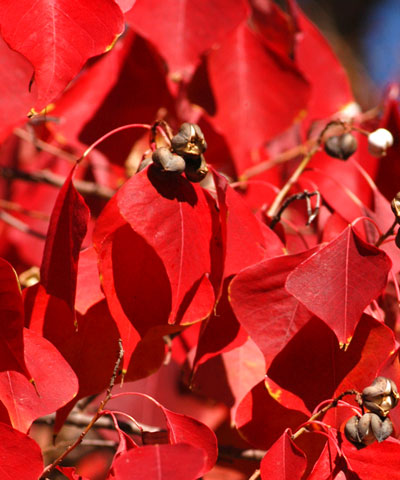
I loved its quick growth, pretty habit and great fall color. But that was before I learned of its horribly invasive habits in the wetlands of Southeast Texas and along the Texas Gulf Coast. It’s a noxious and unwanted tree in those areas and should never be planted.
And then there are those of us who live in North Texas where it’s not likely to become invasive because it’s going to freeze and die every few years anyway. North Texans grow it for its fall color and they think it’s pretty special. Many don’t know its name, and even fewer know what a beast it is in the marshes along the Texas coastline.
OK. To the point. If these haven’t leafed out by now, they’re not going to. They froze. That’s happened all across North Texas. I know of a dozen or more Chinese tallows that used to be on my way to places I go. Not any more.
Grind these up, and move on to some other small tree to provide you fall color.
